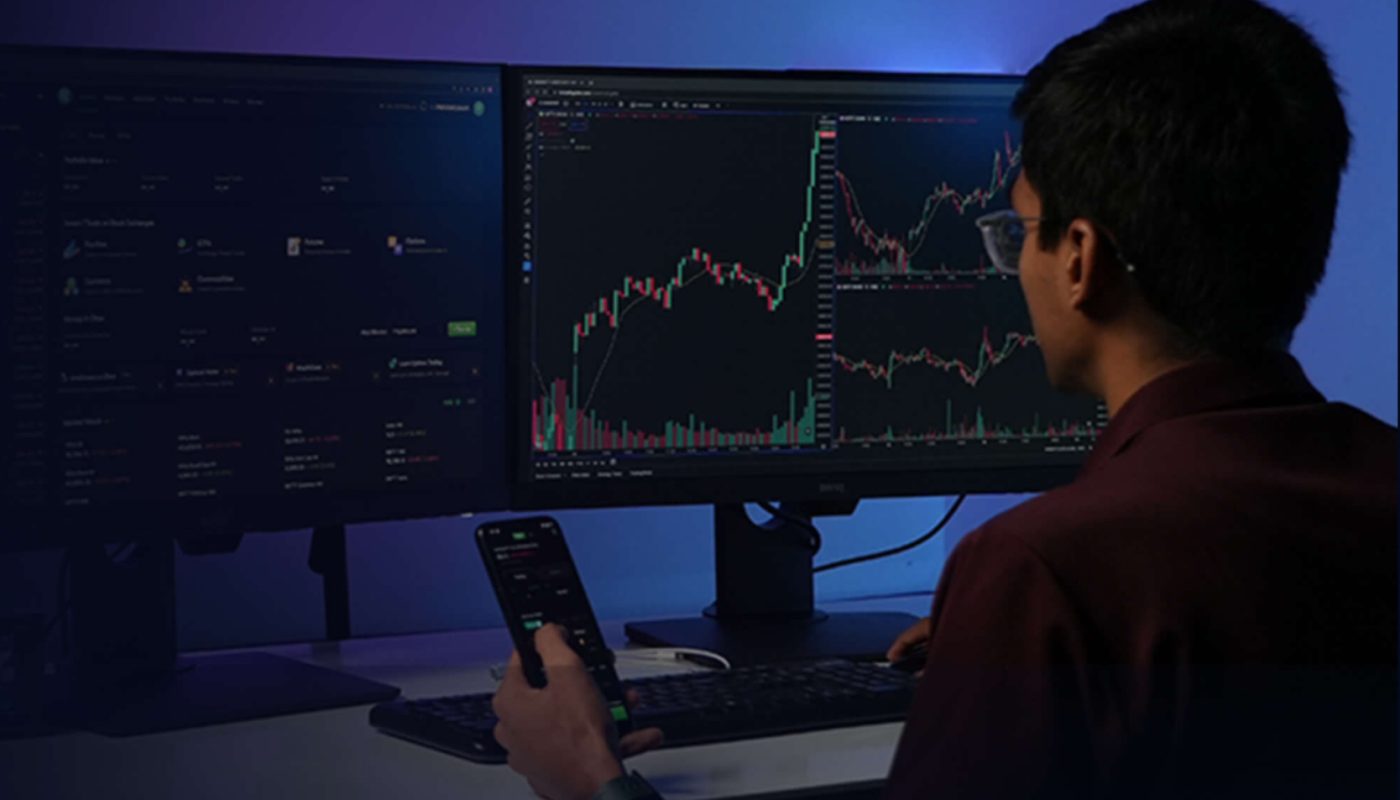Scalping in trading refers to the quick execution of numerous trades to capitalize on small price fluctuations. It’s a short-term strategy demanding quick decisions. To make the most of scalping, learning scalping strategies is crucial. In this guide, we’ll explore the top 5 easy-to-implement scalping options strategies.
5 Most Popular Scalping Trading Strategies
Here are the top 5 scalping trading strategies for beginners and advanced traders:
Breakout scalping involves identifying key levels where the price typically breaks out. Traders look for areas of strong support or resistance.
When the price breaks through these levels, they execute quick trades, capitalizing on the momentum created by the breakout. It’s crucial to set tight stop-loss orders to manage risk effectively.
This strategy relies on identifying moments when the market escapes established boundaries, allowing traders to make short-term gains from these price movements.
The Moving Average Crossover scalping strategy involves using short-term and long-term moving averages.
Traders look for opportunities when the short-term moving average crosses above (bullish) or below (bearish) the long-term moving average. This signals potential changes in price trends, and traders aim to capitalize on these short-term movements.
It’s a straightforward method to identify entry and exit points based on the relationship between two moving averages, providing a quick gauge of market momentum for making timely trades.
3. Scalping with Bollinger Bands
In Bollinger Bands scalping, traders use bands that represent price volatility. When the price reaches the upper band, it may be overbought, signalling a potential reversal; conversely, reaching the lower band suggests oversold conditions.
Traders execute quick trades anticipating price corrections. It’s crucial to set tight stop-loss orders to manage risks effectively.
This strategy combines technical analysis and volatility indicators to capture short-term price movements, making rapid decisions based on Bollinger Band interactions.
4. Fibonacci Retracement Strategy
This involves using key Fibonacci levels to make quick trades. Traders identify potential reversal points by observing price movements around these levels.
When the price approaches a Fibonacci retracement level, a trader may execute a trade, anticipating a bounce or reversal.
This strategy combines technical analysis with Fibonacci ratios to capture short-term market fluctuations. Confirming signals with other indicators and using tight risk management to minimize potential losses in this rapid-paced scalping approach is important.
This scalping technique involves observing candlestick and chart patterns for quick trading decisions. Traders focus on immediate price movements, using support and resistance levels to enter and exit trades.
This strategy relies on reading raw price data without relying on indicators. It requires a deep understanding of market dynamics and quick decision-making.
Effective risk management, including the use of stop-loss orders, is crucial due to the fast-paced nature of scalping. Practice in a simulated environment before applying this strategy with real capital.
Mastering these top 5 scalping trading strategies can greatly enhance your trading success. These strategies can help you make profits by capitalizing on small price movements.
However, it’s crucial to practice caution and discipline. Remember, consistency is key in trading. If you’re new to trading, explore more trading strategy for beginners on the Upsurge.club.
